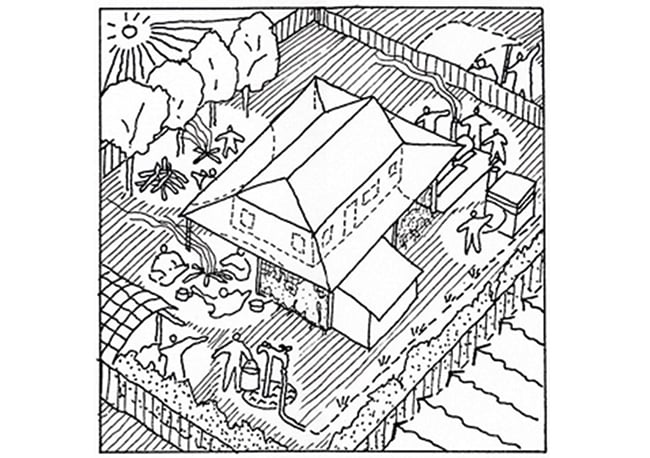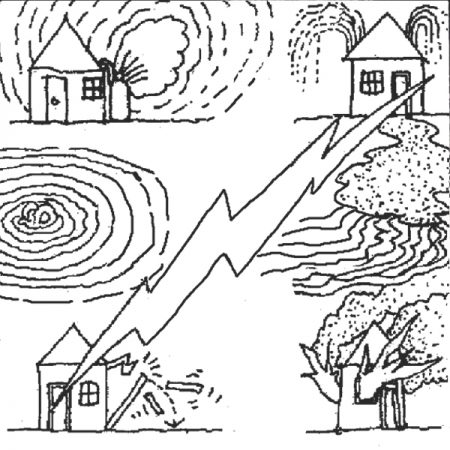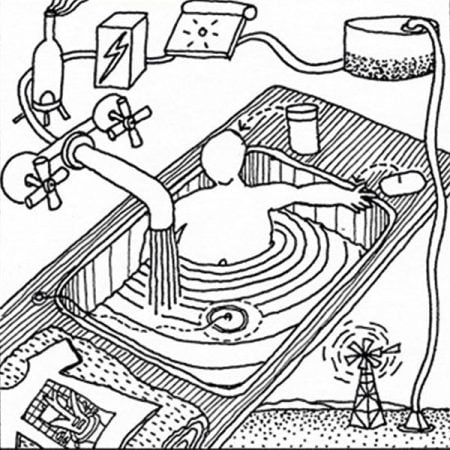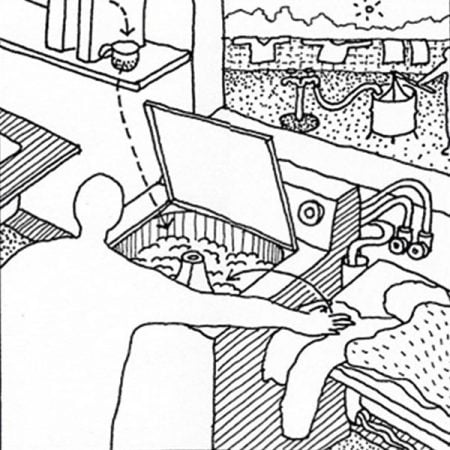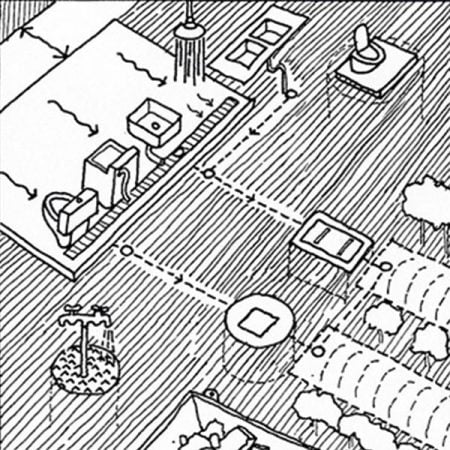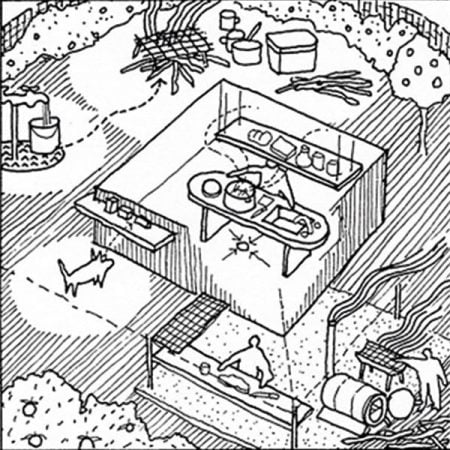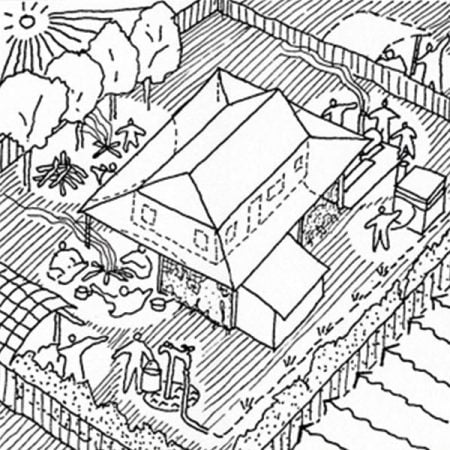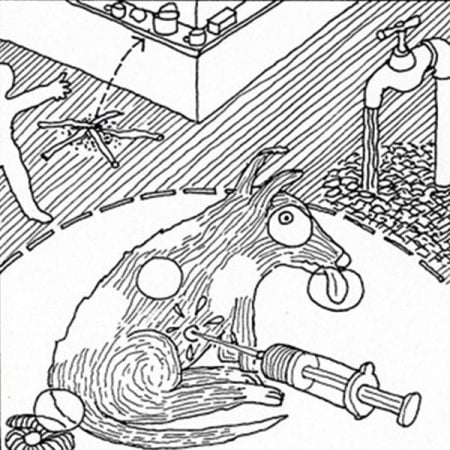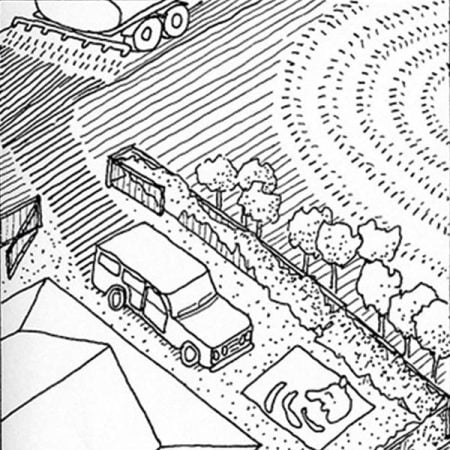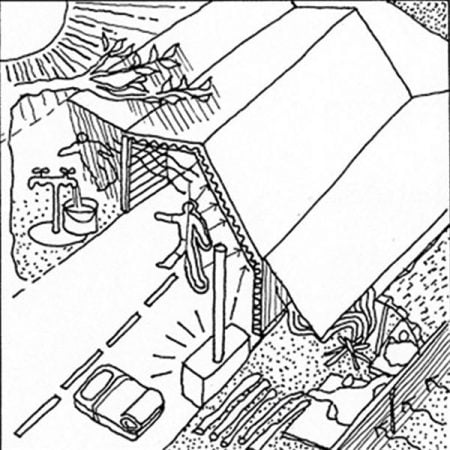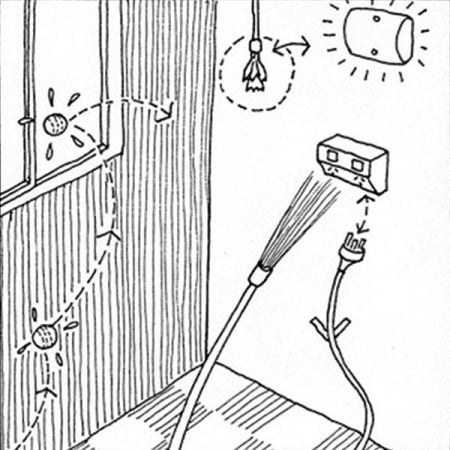Crowded living conditions increase the risk of the spread of infectious diseases, such as meningococcal disease, rheumatic fever, tuberculosis and respiratory infections. In a crowded house, it can also be more difficult to access health hardware, such as a working shower, toilet, hot water and washing machines. Increasing house size does not guarantee reduced crowding. Increasing house function does.
Crowding of a house may be a regular, temporary and desirable event. A party, ceremony or sports carnival may all be important cultural events involving large numbers of people. This should not be confused with long term, involuntary crowding together of one large family into a very small house or several families into one house due to lack of available housing or poverty.
Read more via Housing for Health – The Guide:
A design and specification tool for anyone worldwide who is interested in the detailed links between housing and health.
Learn More

